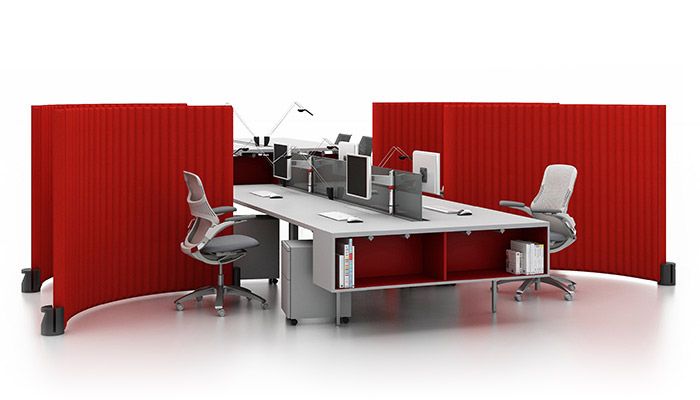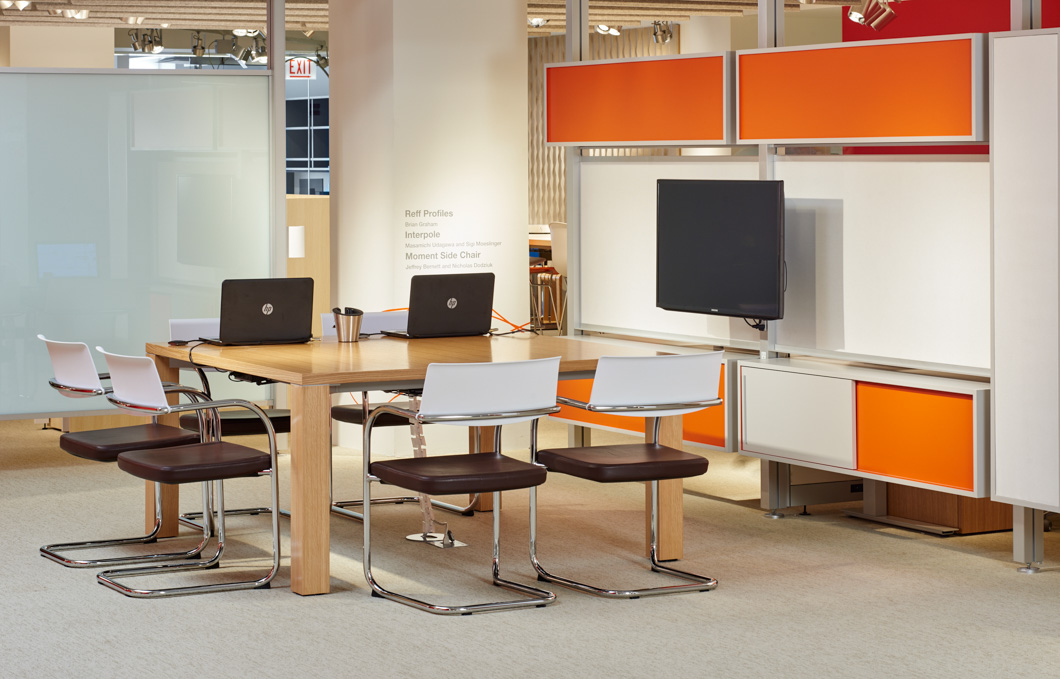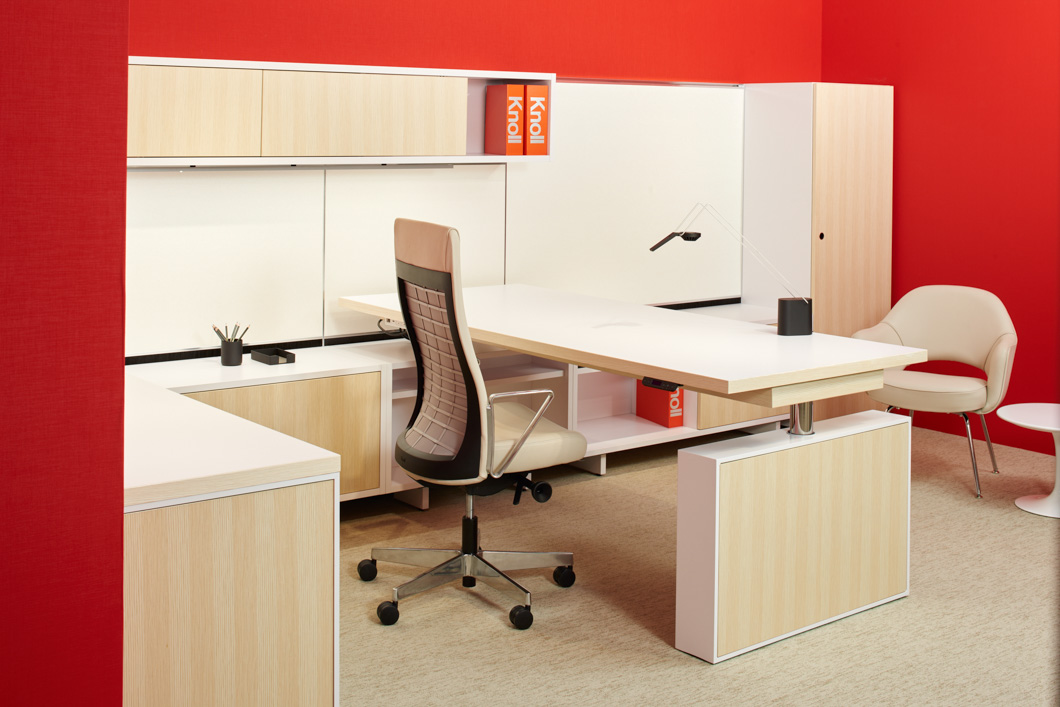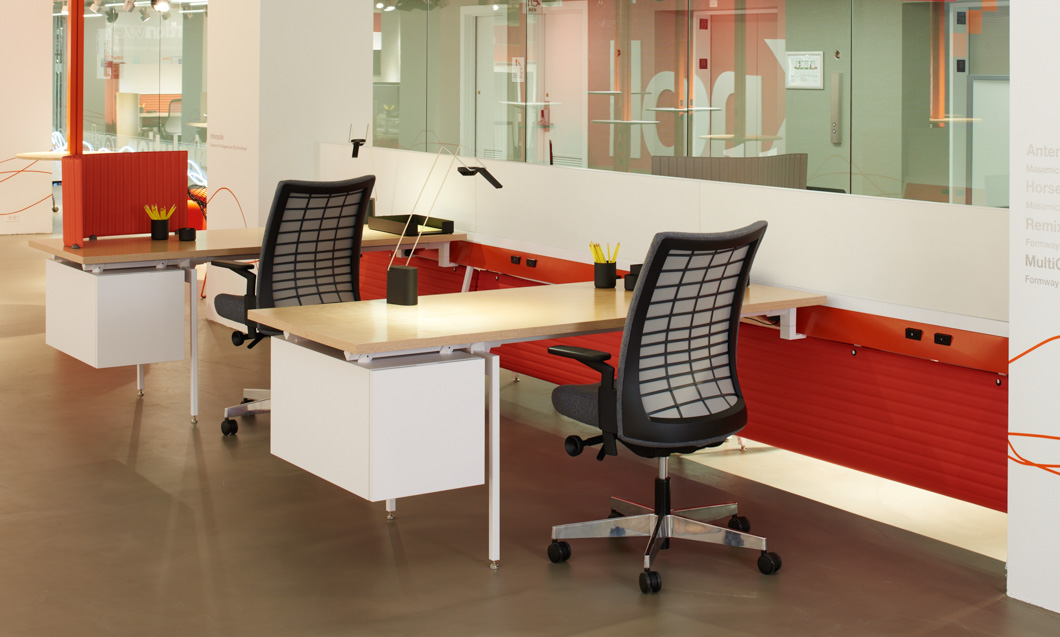
In today’s open, collaborative work environment, many executives find themselves in the midst of an open sea of cubicles. The question is, how can you differentiate workspaces or create a perceived hierarchy for executive or higher-level personnel?
Some issues to consider are size and location of executive workstations; a larger-sized cubicle might include a meeting table for conferencing or an island-style desk that invites staff to meet inside the cubicle. Views into and out of the cubicle should also be considered. A central location would appear to be most collaborative.

A raised position could indicate a higher level of oversight. Using a unique footprint that is different from the standard cubicle or integrating curved panels in the cubicle could also make it more cutting-edge. Differentiation can also be achieved by using taller cubicle panels around executive stations.
Many manufacturers showcase flexible, movable work surfaces, panels and file pedestals. Using a work surface that is height-adjustable allows the person to choose to work in a standing or sitting position. Files with cushions create additional seating areas for impromptu meetings.

There are many options for movable, adjustable task light fixtures as well.
Using electronic glass panels that change from clear to opaque can control the amount of privacy the person needs, or control the amount of visual connection to other staff. White boards, smart boards or writable glass partitions can also be integrated into the vertical surfaces of the cubicle panels.
Upgraded finishes such as wood, metal or specialty finishes on the file fronts, cubicle panels or trim can give a unique feel to the workspace. A wood finish is generally perceived as more upgraded.
Colorful finishes on overhead doors and vibrant fabric patterns on tack boards can be used as accents in executive cubicles. Textured fabric panels on the exterior panel surfaces can be added to create an upscale look.

Acoustics should also be considered. Using white noise, sound-absorbent fabrics or even sound-bubble barriers can create the desired level of sound control for each station.
Integrating art pieces into the cubicle can also create an executive feel. The overall design of the executive workstations should reflect the more personal taste of the person who occupies it, much like a mini executive office. Whatever the individual choices may be, the design should still “fit in” with the aesthetic of the overall office design.
Overall, the difference in level of design between the staff and executives should be subtle, not overdone.
Photos courtesy of RJE Business Interiors and Knoll Furniture, Indianapolis